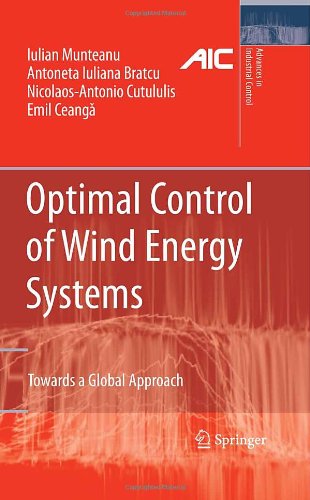

Most ebook files are in PDF format, so you can easily read them using various software such as Foxit Reader or directly on the Google Chrome browser.
Some ebook files are released by publishers in other formats such as .awz, .mobi, .epub, .fb2, etc. You may need to install specific software to read these formats on mobile/PC, such as Calibre.
Please read the tutorial at this link: https://ebookbell.com/faq
We offer FREE conversion to the popular formats you request; however, this may take some time. Therefore, right after payment, please email us, and we will try to provide the service as quickly as possible.
For some exceptional file formats or broken links (if any), please refrain from opening any disputes. Instead, email us first, and we will try to assist within a maximum of 6 hours.
EbookBell Team

0.0
0 reviewsOwing to the stochastic nature of their primary energy source, workable performance of wind energy conversion systems cannot be achieved without the contribution of automatic control.
Optimal Control of Wind Energy Systems presents a thoroughgoing review of the main control issues in wind power generation, offering a unified picture of the issues in optimal control of wind power generation. A series of optimal control techniques are analyzed, assessed and compared, starting with the classical ones, like PI control, maximum power point strategies and gain-scheduling techniques, and continuing with some modern ones: sliding-mode techniques, feedback linearization control and robust control. Discussion is focused on a global dynamic optimization approach to wind power systems using a set of optimization criteria which comply with a comprehensive group of requirements including: energy conversion efficiency; mechanical reliability; and quality of the energy provided.
The main results are presented along with illustration by case studies and MATLAB®/Simulink® simulation assessment. The corresponding programmes and block diagrams can be downloaded from the book’s page at springer.com. For some of the case studies presented, real-time simulation results are also available, illustrative examples which will be useful in easing technology transfer in control engineering associated with wind power systems.
Control engineers, researchers and graduate students interested in learning and applying systematic optimization procedures to wind power systems will find this a most useful guide to the field.